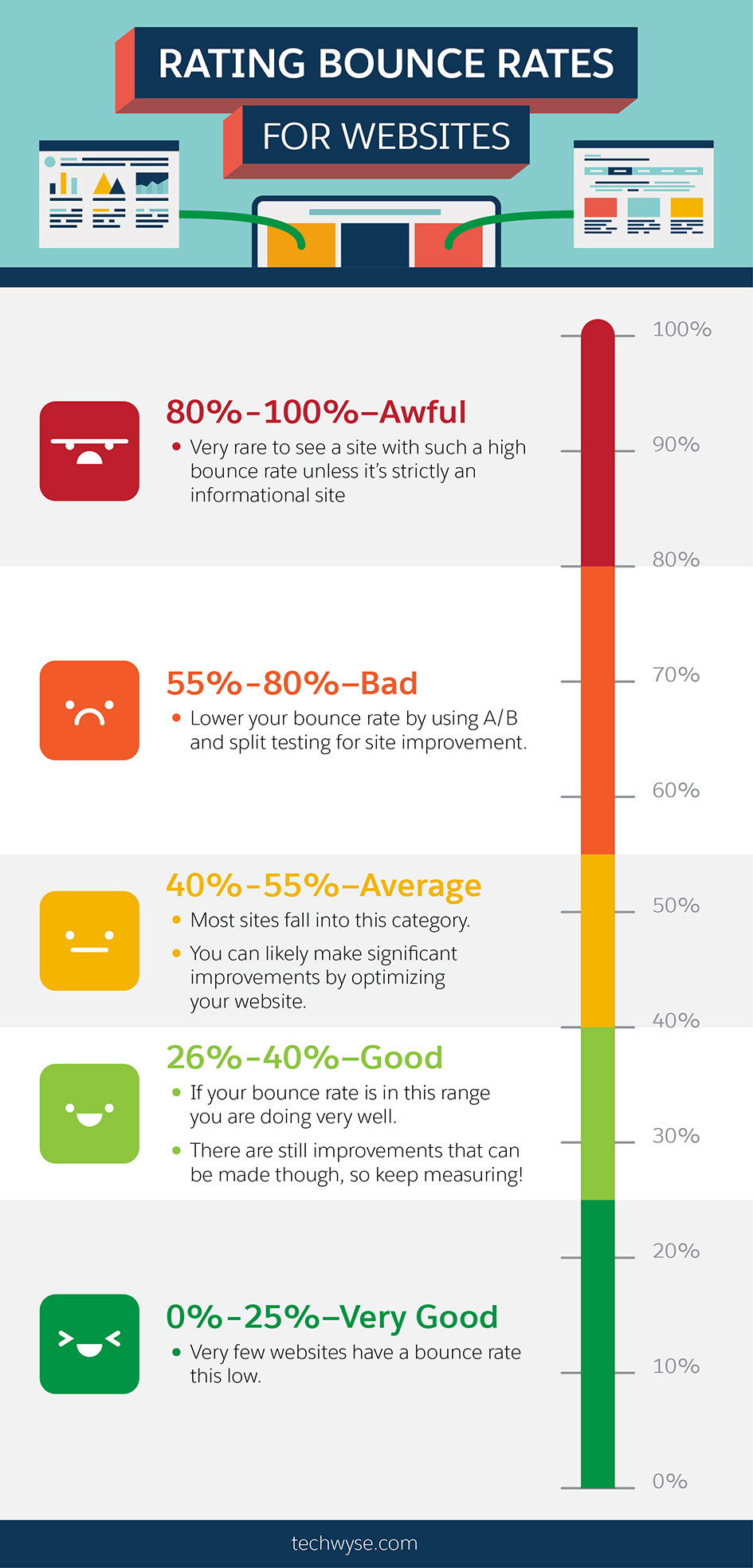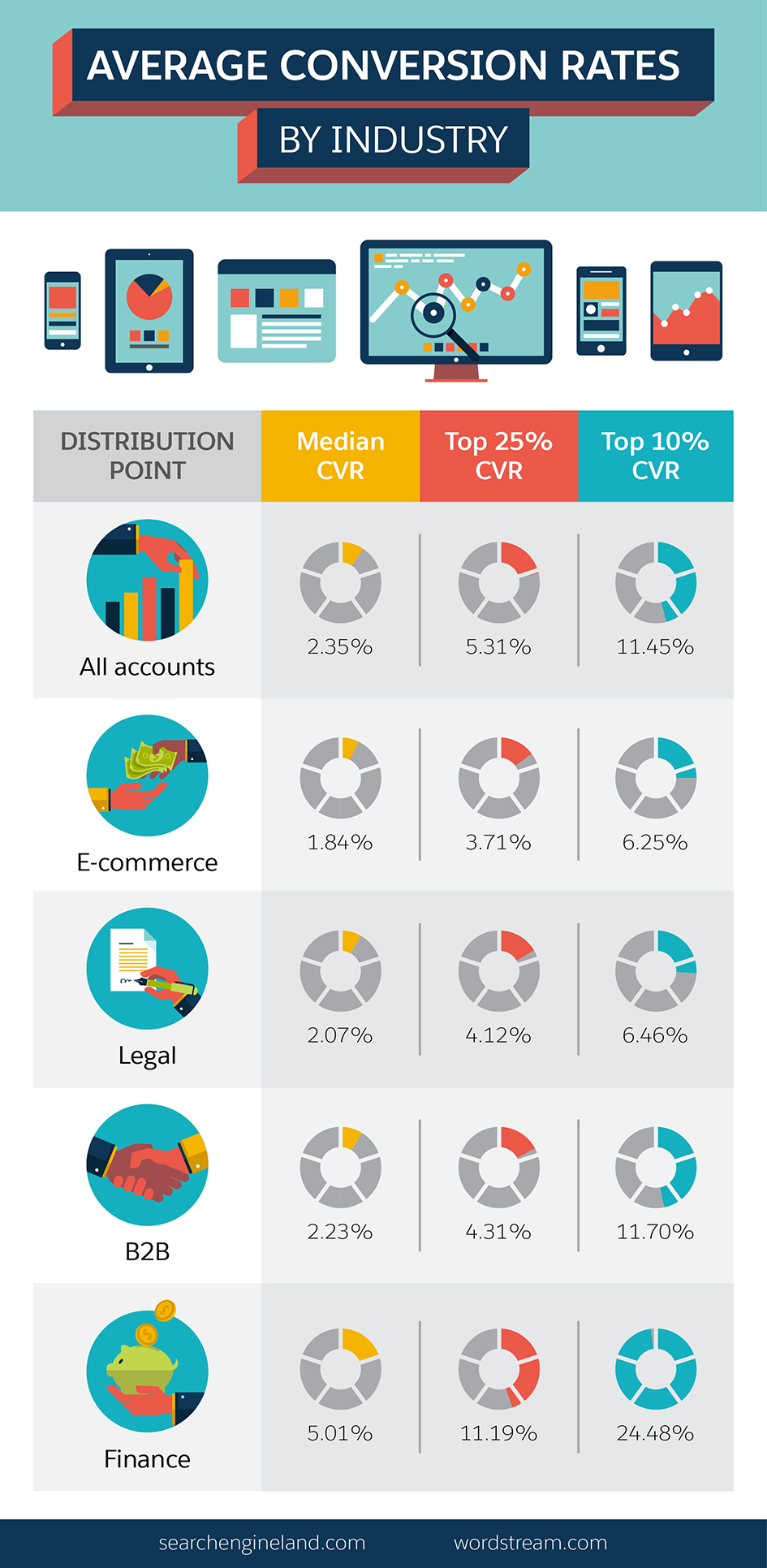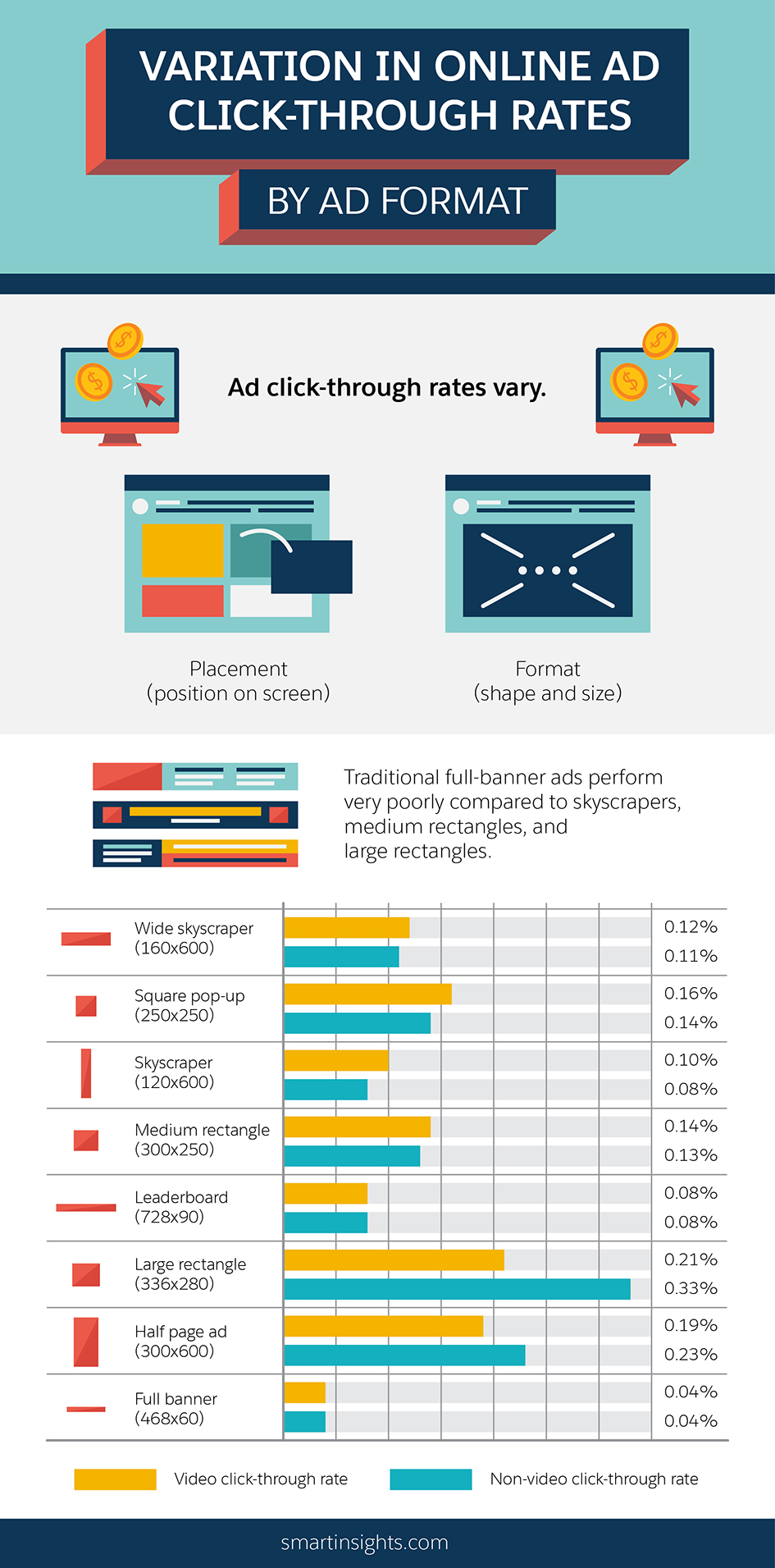Even if your job doesn’t make you directly responsible for tracking marketing analytics, it’s still crucial for you to have an understanding of some of the most influential marketing metrics. Metrics determine the health of your online presence and even indicate how well your bottom line is faring.
Below are some of the most important online marketing metrics and how to work with your marketing team to improve them.
Bounce Rate
When it comes to bounce rate, lower is better. The bounce rate is what percentage of people leave your website after only visiting one page (the one they “landed on” when coming to your site). A lower bounce rate usually means that users are finding what they are looking for when they come onto your website.
For instance, if your internal product page about custom Ford Mustang mufflers is organically ranked in Google results for that term, but the page doesn’t offer “Buy” buttons, a CTA, or instructions for how to purchase, users coming to the page from a search will likely go somewhere else.
According to RocketFuel, most optimized websites have an average bounce rate of 26 to 70 per cent. TechWyse reports that the average bounce rate is 40 to 55 per cent, and great websites have a bounce rate of below 25 per cent.
Rating Bounce Rates for Websites
- 80%-100% – Awful
- Very rare to see a site with such a high bounce rate unless it’s strictly an informational site
- 55%-80% – Bad
- Lower your bounce rate by using A/B and split testing for site improvement
- 40%-55% – Average
- Most sites fall into this category
- You can likely make significant improvements by optimizing your website
- 26%-40% – Good
- If your bounce rate is in this range you are doing very well
- There are still improvements that can be made though so keep measuring!
- 0%-25% – Very Good
- Very few websites have a bounce rate this low
- Very few websites have a bounce rate this low

To improve your bounce rate, make sure all your content pages have a CTA, or can answer questions or fulfill a “quest” someone might have when they come to that specific page.
Time on Site (TOS)
When marketing analytics first became more important and a specialty on its own, most executives and marketers were focused on website pageviews. While this is still something to consider, paying more attention to the amount of time the average user spends on your website can give you a better idea of whether or not it is meeting users’ expectations.
Additionally, the more time users spend on your site, the higher the chance they will contact you, complete a conversion, or return to your site.
Unfortunately, according to Tony Haile, “most people who click don’t read. In fact, 55 per cent spend fewer than 15 seconds actively on a page . . . and one in every three visitors spend less than 15 seconds reading articles they land on.” Most other statistics and averages on TOS are rare, with most experts advising brands to compare their own data to see how they are improving. TOS appears to vary wildly from one website to the next.
Set a goal for improvement for each quarter and see how you progress. To increase time spent on site, OptinMonster recommends making sure your content is easy to read, your website is easy to navigate, and you frequently add internal links to other applicable pages on your website or blog.
Conversions
Conversions are a common term used in most areas of sales and marketing. Thankfully it means the same across all verticals: the ratio of how many attempts at a sale versus actual sales. For example, when it comes to websites, if 1,000 people visit your landing page for a specific product offer, and 200 make a purchase, your conversion rate is 20 per cent.
Average Conversion Rates by Industry

Search Engine Land says the average conversion rate is 2.35 per cent, with the best, top-tier websites getting over 10 per cent. However, a conversion rate of over 10 per cent is likely using a highly targeted email or paid search campaign to drive niche traffic to landing pages. The more targeted the campaign, the higher conversion rate your content pages should be getting.
To increase your conversion rate, Voices.com suggests implementing a few tactics:
- Display proof of expertise: Show press coverage and client logos (with permission).
- Create explainer videos: Showcase and demonstrate products and services.
- Segment audiences: Voices.com had two distinct audiences—those looking for services, and those providing them. By offering navigation and a banner that took users to the specific information they were looking for, making a conversion was much easier.
Whether it’s email sign-ups or sales, increasing conversion rate means building a user experience that makes the conversion process as easy as possible.
Click-Through Rate (CTR)
Some people think conversions and CTR are measuring the same thing, but they are telling you different things when it comes to audience behaviour. Click-through rate is how many people click on the links you are offering. These click-throughs may lead to sale pages, or they may lead to more information. While buying something or signing up for a newsletter is a conversion, CTR tells you how many people are simply clicking on your links.
CTR is especially important for email marketing and varies by industry. It’s also a key metric for paid search (“pay per click,” also known as PPC), and the CTR in paid search is usually much lower than it is in email marketing. For instance, WordStream reports that the education industry sees an average CTR for PPC ads at just 2.2 per cent. By comparison, the industry with the highest CTR is dating and personal ads at 3.4 per cent.
Variation in Online Ad Click-Through Rates by Ad Format
- Ad click-through rates vary
- Placement (position on screen)
- Format (shape and size)
- Traditional full-banner ads perform very poorly compared to skyscrapers, the medium rectangles, and large rectangles

CTR is an important marketing metric to consider because it shows how your overall inbound marketing efforts are faring. You can increase CTR through optimized ads and email blasts (and with a lot of A/B testing and trial and error).
Percentage of Returning Website Visitors
Out of all your website traffic (e.g. pageviews), it’s important to look at what percentage are returning visitors, meaning those who have visited your website in the past.
A higher returning visitor rate (RVR) has been linked to more sales and more brand loyalty among your customers, according to Kissmetrics and Contently, respectively. Harvard Business Review reports that marketing campaigns using existing customers usually get 15 times higher ROI, compared to 4 to 6 times ROI for traditional marketing campaigns that don’t focus on past customers.
To increase RVR for paid campaigns, make sure your email and PPC campaigns are highly segmented into past customers, and make custom landing pages for these campaigns. On the organic side, creating more blog posts or long-form content (like e-books or white papers) on the topics that consistently get the most traffic on your website is a good way to keep your users coming back.
Marketing Metrics are Important for Everyone to Understand
When it comes down to it, engaging website visitors can lead to more of all the metrics we’ve discussed: higher CTR, time on site, and conversions, as well as a lower bounce rate. By looking at these five online marketing metrics and tweaking your content, SEO, and PPC strategies to keep improving, you’ll see a correlation between your efforts and better stats.
Share "The 5 Online Marketing Metrics You Must Understand and Why" On Your Site


.jpg)

